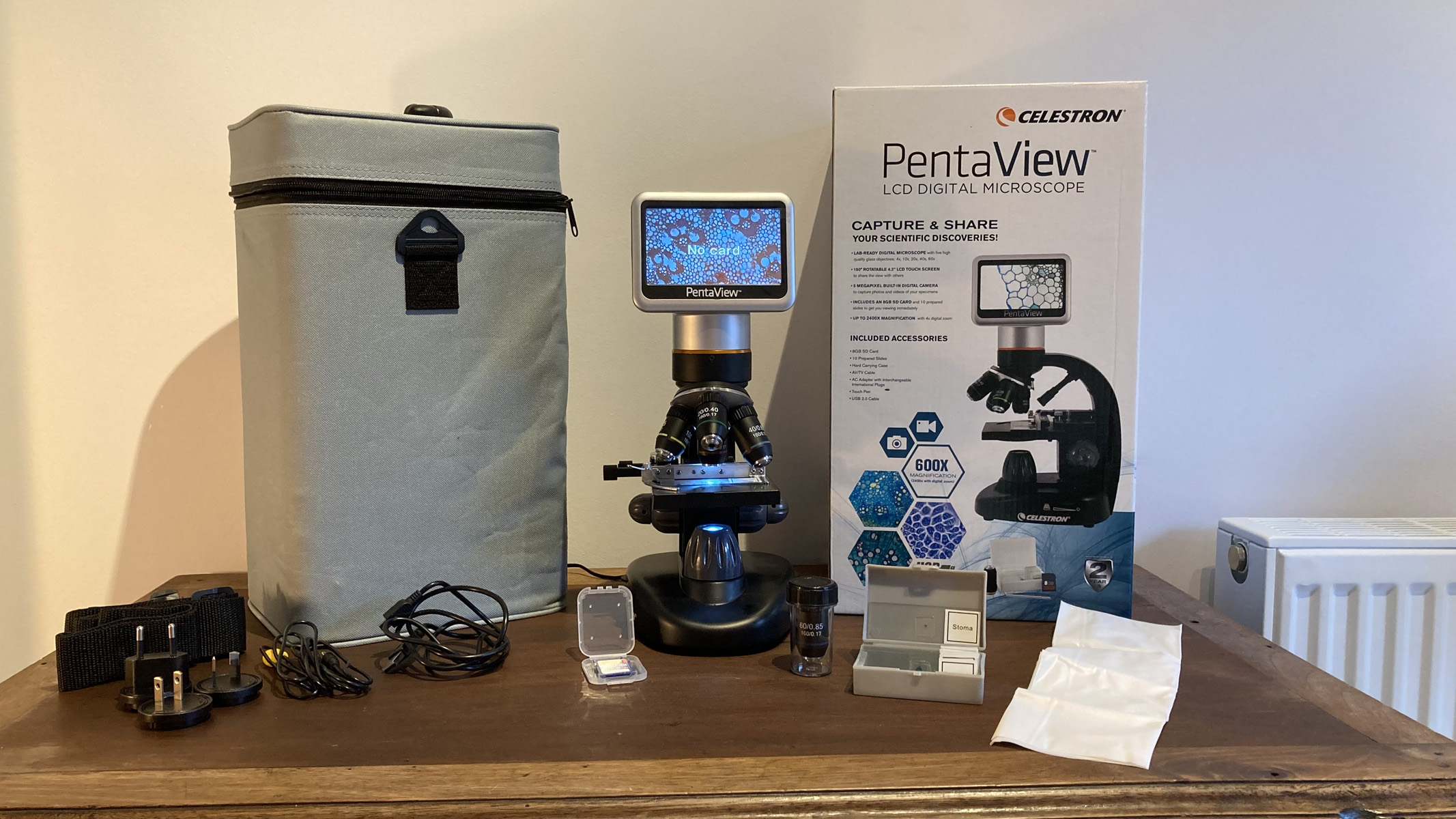IJMS, Vol. 24, Pages 1861: Role of Microglial Cells in the Pathophysiology of MS: Synergistic or Antagonistic?
International Journal of Molecular Sciences doi: 10.3390/ijms24031861
Authors: Hubert Mado Monika Adamczyk-Sowa Paweł Sowa
Many studies indicate an important role of microglia and their cytokines in the pathophysiology of multiple sclerosis (MS). Microglia are the macrophages of the central nervous system (CNS). They have many functions, such as being “controllers” of the CNS homeostasis in pathological and healthy conditions, playing a key role in the active immune defense of the CNS. Macroglia exhibit a dual role, depending on the phenotype they adopt. First, they can exhibit neurotoxic effects, which are harmful in the case of MS. However, they also show neuroprotective and regenerative effects in this disease. Many of the effects of microglia are mediated through the cytokines they secrete, which have either positive or negative properties. Neurotoxic and pro-inflammatory effects can be mediated by microglia via lipopolysaccharide and gamma interferon. On the other hand, the mediators of anti-inflammatory and protective effects secreted by microglia can be, for example, interleukin-4 and -13. Further investigation into the role of microglia in MS pathophysiology may perhaps lead to the discovery of new therapies for MS, as recent research in this area has been very promising.

 1 year ago
57
1 year ago
57


